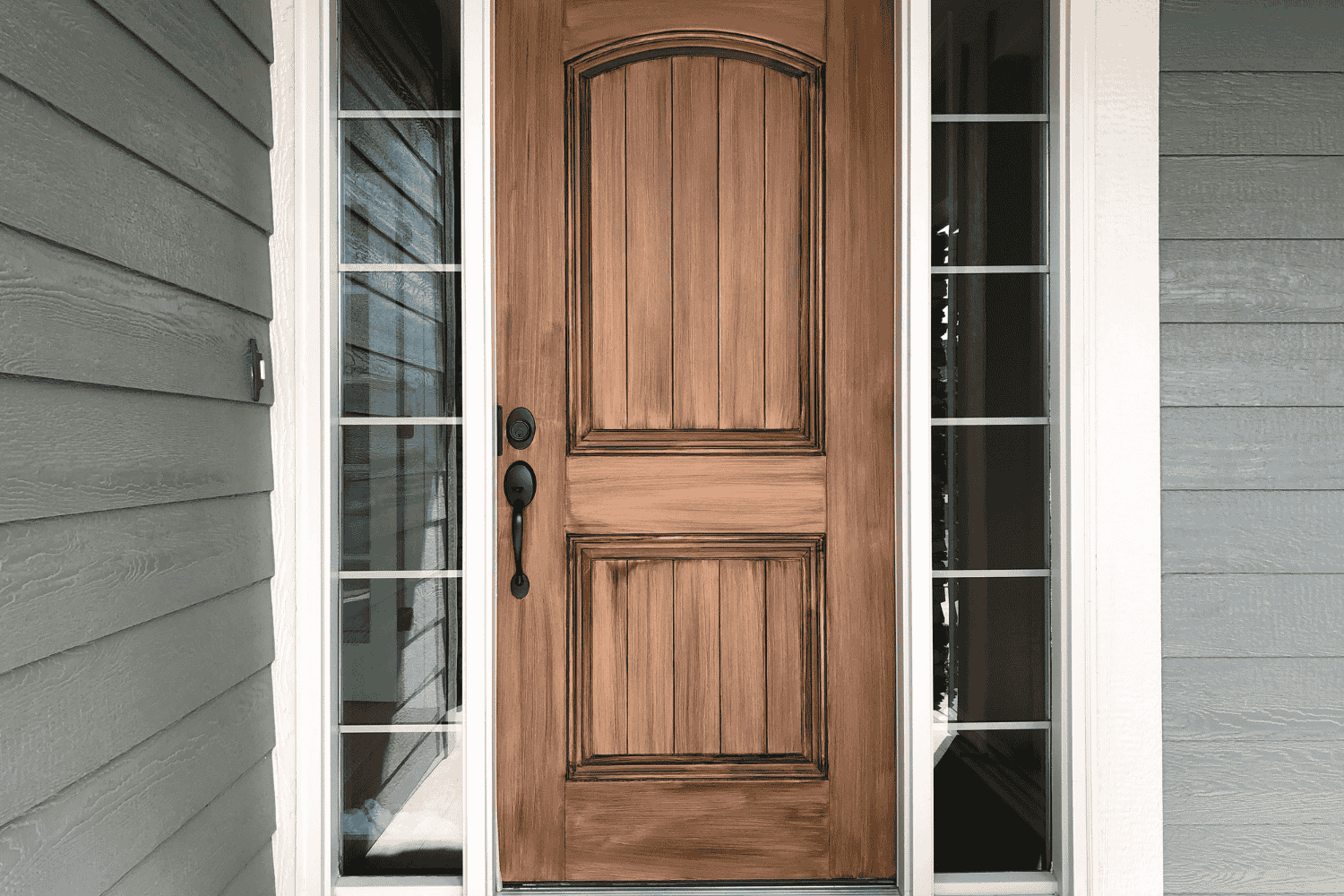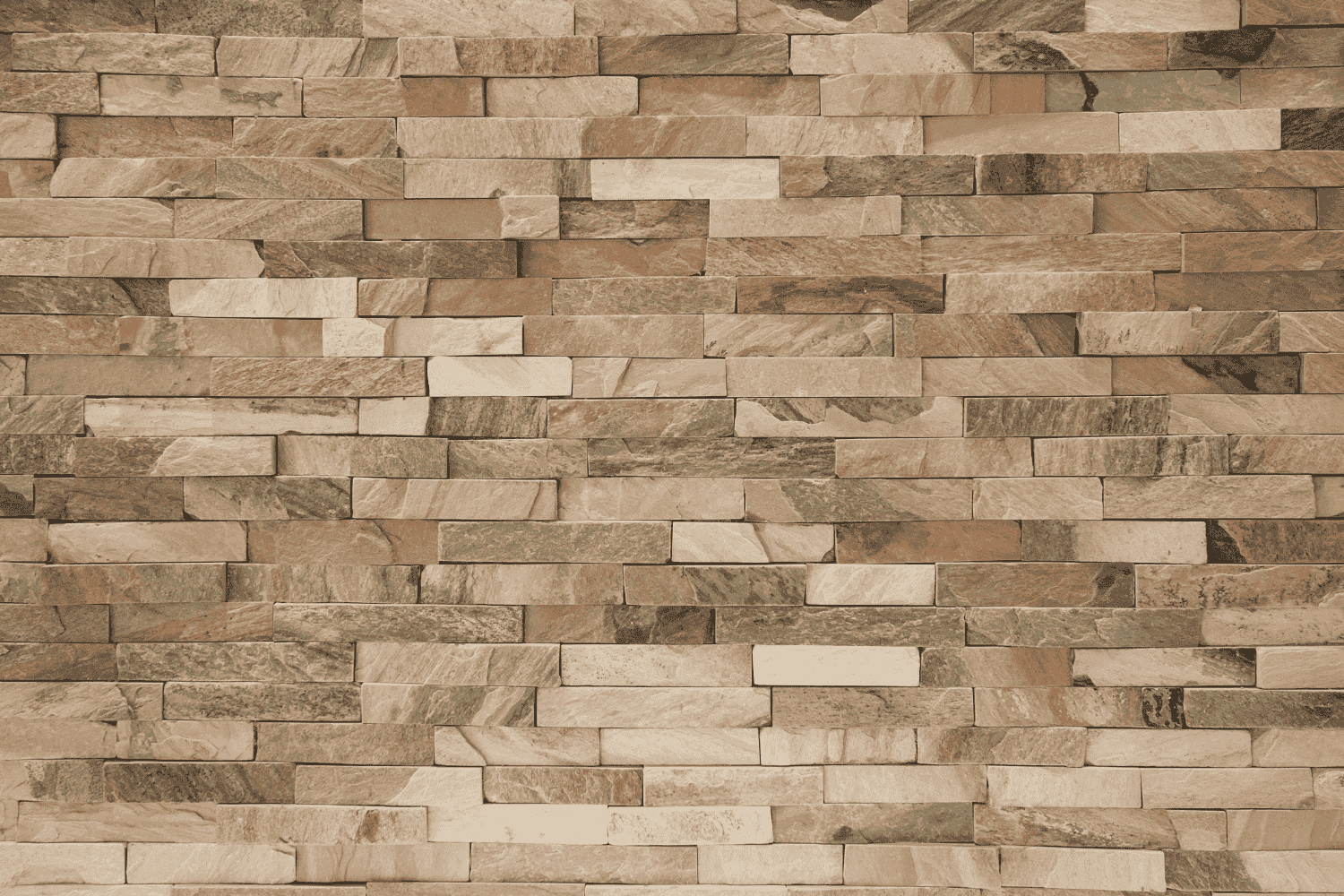When buying windows, the choices can be daunting. This guide helps you understand the different window types, frame materials, and features. By the end, you’ll know exactly what to look for to choose the best windows for your home and budget.
Key Takeaways
- Understanding window types and frame materials is essential for selecting the best windows for your home, as each offers unique benefits and considerations.
- Energy efficiency significantly impacts both comfort and costs, with features like U-factor, SHGC, Low-E coatings, and gas-filled panes enhancing performance.
- Proper installation and maintenance are crucial for maximizing window longevity, with professional installation often recommended for optimal results and warranty coverage.
Understanding Window Types
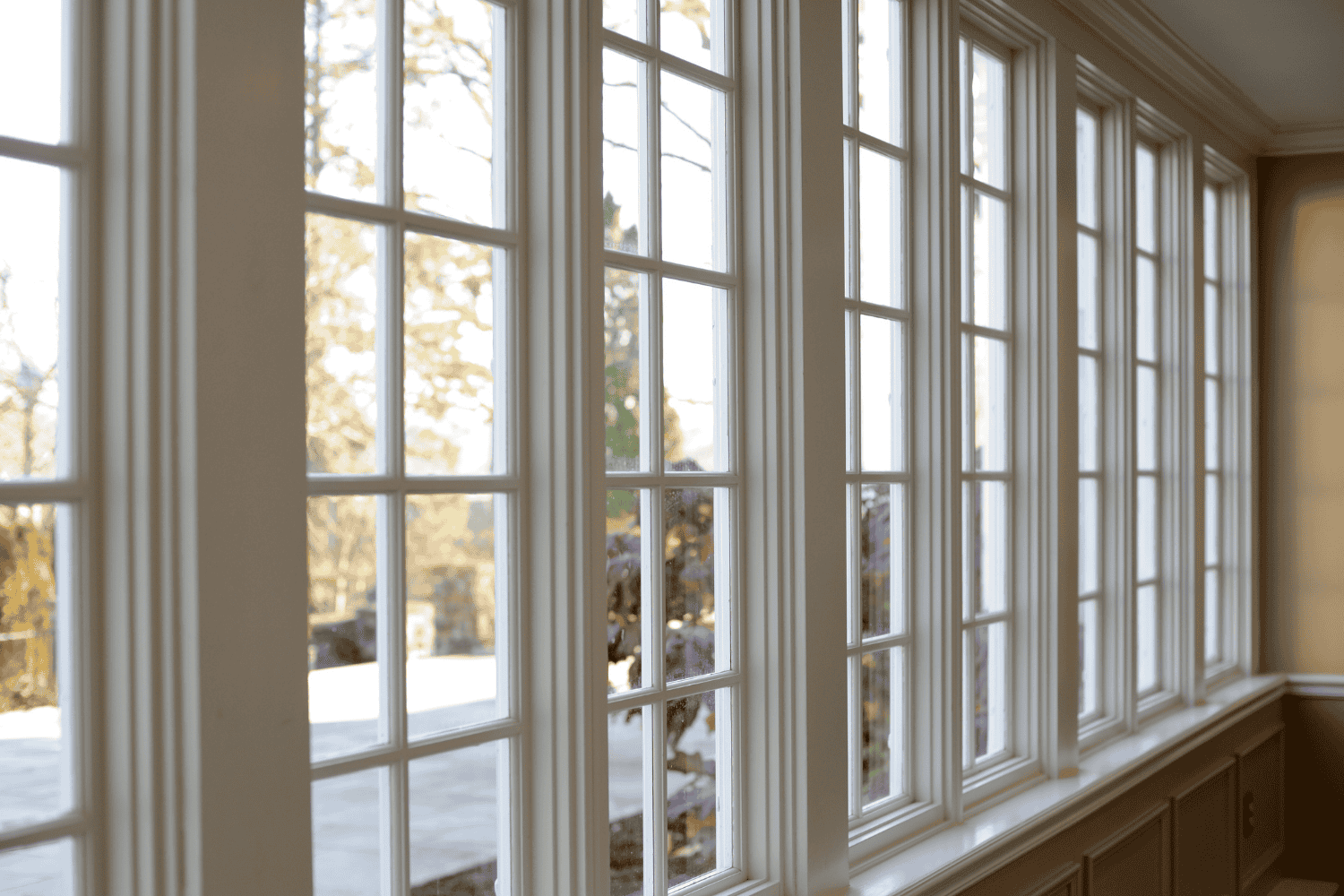
Windows come in various types, each serving a unique purpose and offering different benefits. Understanding these types is the first step in choosing the right windows for your home.
Single-hung and double-hung windows are among the most popular choices. Single-hung windows have one operable sash, meaning only the bottom part can be moved up and down. In contrast, double-hung windows allow both sashes to move, providing better ventilation and easier cleaning. Double-hung windows enhance airflow and provide a classic look.
Casement windows, which are hinged on the side and swing outward, offer excellent ventilation and an unobstructed view. Sliding windows, with panels that move horizontally, are ideal for spaces where you want to maximize the view without sacrificing functionality. Awning windows, hinged at the top and opening outward, are perfect for maintaining airflow even during rain, making them a great option for bathrooms and kitchens.
Garden windows offer a mini-greenhouse effect, ideal for plant enthusiasts. Hopper windows, which open inward, are often used in basements and bathrooms to provide ventilation in smaller spaces. Each window type offers distinct advantages, so consider your specific needs and preferences when making your selection.
Choosing the Right Frame Material
Choosing the appropriate frame material impacts the longevity and performance of your windows. Vinyl, wood, aluminum, and fiberglass are the most common materials, each offering unique benefits and drawbacks.
Vinyl windows are a popular choice due to their affordability and low maintenance. They are resistant to moisture and do not require painting or staining, making them ideal for budget-conscious homeowners. However, they cannot be painted or stained, limiting customization options.
Wood windows provide superb insulation and a timeless look. They can be painted or stained to match your home’s decor but require regular maintenance to prevent deterioration.
Aluminum windows are known for their durability and modern appearance, but they may not be as energy efficient due to heat transfer. Fiberglass windows offer a balance of durability, energy efficiency, and minimal maintenance.
Clad windows, typically combining vinyl or aluminum exteriors with wood interiors, offer low maintenance and customization.
Energy Efficiency and Performance
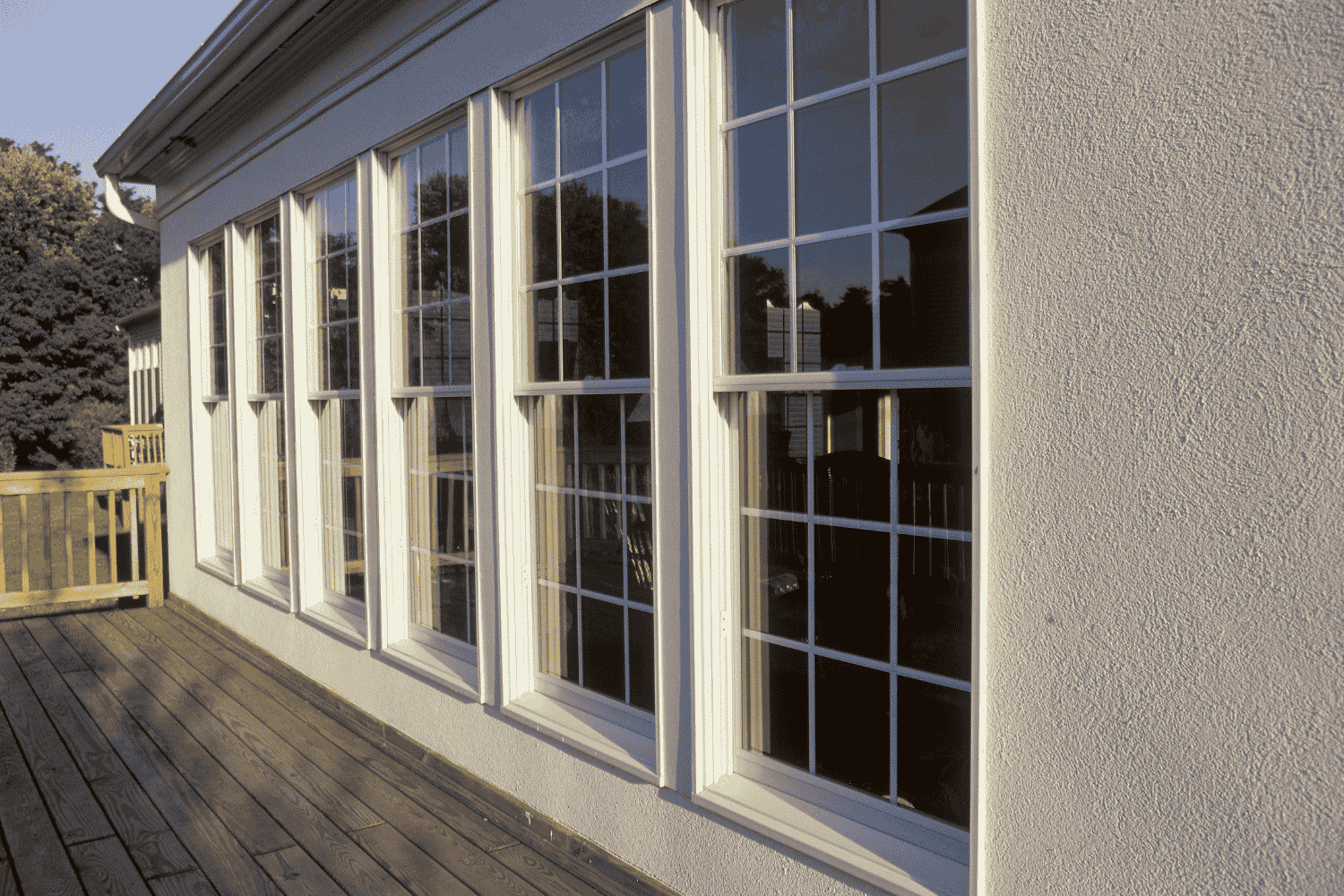
Energy-efficient windows directly affect your energy bills and overall comfort. The U-factor measures the rate of heat transfer through a window, with lower values indicating better energy efficiency. The solar heat gain coefficient (SHGC) measures the amount of solar radiation that passes through a window; lower SHGC values are advantageous in warm climates to reduce cooling costs.
Windows with the NFRC (National Fenestration Rating Council) label provide U-factor and SHGC information for comparing energy performance. Low-E (low-emissivity) coatings are another important feature. These coatings reflect sunlight and heat while allowing light to enter, helping maintain comfortable indoor temperatures and reducing energy consumption.
Argon or krypton gas-filled windows between panes improve insulation and energy efficiency. These gases are denser than air, reducing heat transfer and improving the window’s insulating properties. Additionally, proper sealing and insulation during installation are critical to maximizing energy efficiency, ensuring that your home stays warm in the winter and cool in the summer.
Energy-efficient windows can significantly lower your energy bills and reduce your environmental footprint. Energy Star-certified windows meet strict criteria set by the Environmental Protection Agency (EPA) and can qualify for federal tax credits, further offsetting the cost of your investment.
Selecting Glass Options
The right glass selection is crucial for achieving optimal insulation, noise reduction, and durability. Double-pane windows are the standard choice for most homes, offering enhanced insulation and energy efficiency compared to single-pane windows.
Triple-pane glass suits areas with extreme temperatures or high noise levels. While more expensive, it provides superior insulation and soundproofing. However, the higher cost may be a deterrent for some homeowners. Argon gas, a cost-effective solution, can be used between panes to improve insulation and prevent frost accumulation during colder weather.
Combining argon gas with Low-E coatings further enhances insulation and offers UV protection, helping to maintain comfortable indoor temperatures while protecting your furnishings from sun damage. Double-strength glass offers added durability and resistance to breakage, ideal for window replacements.
Consider your specific needs like insulation, noise reduction, and durability when selecting glass options. By choosing the right glass, you can improve your home’s energy efficiency, comfort, and overall value.
Customizing Your Windows
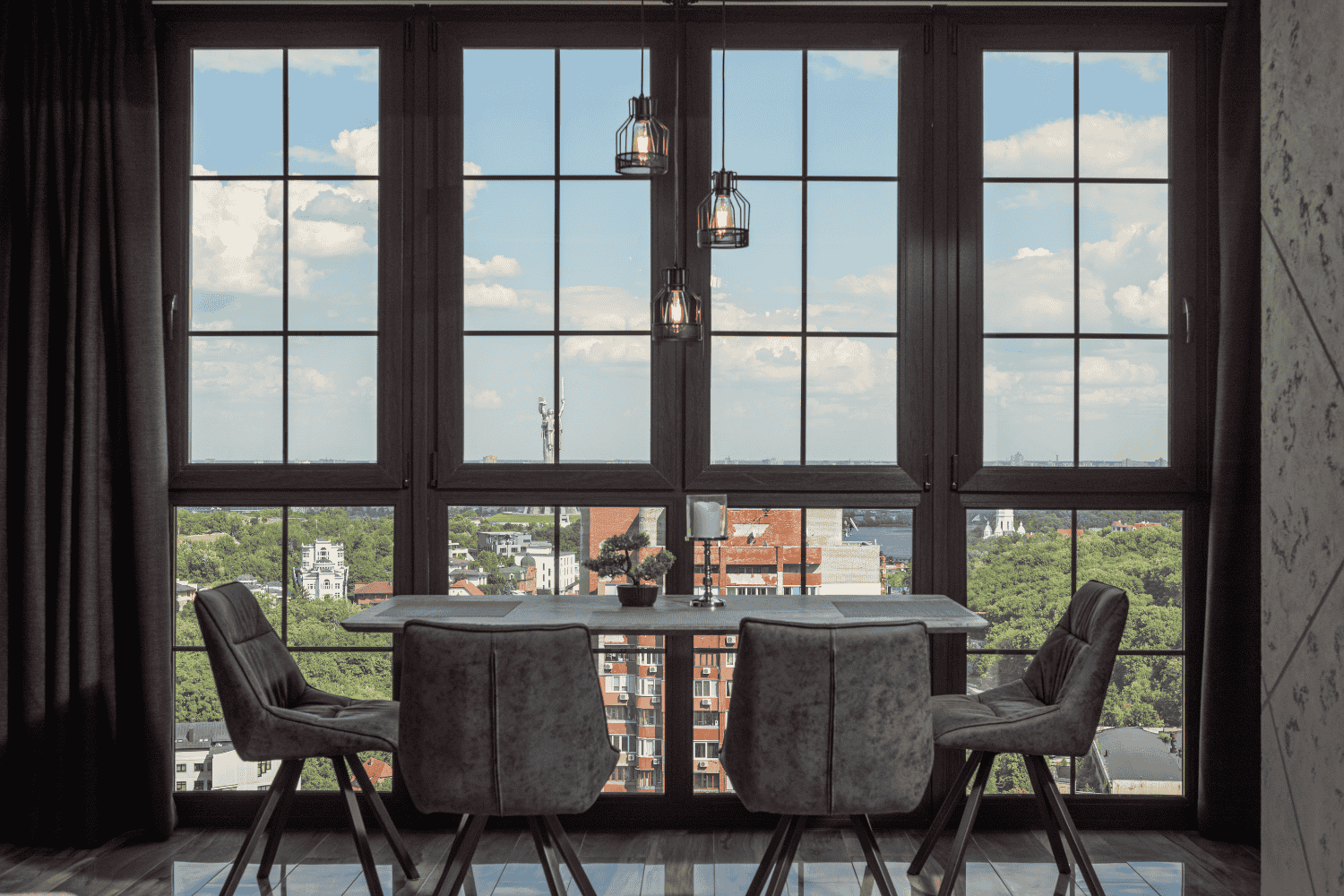
Customizing windows can meet functional needs and enhance your home’s aesthetic appeal. Windows can be customized in various shapes and sizes, depending on the materials used, such as wood, fiberglass, or vinyl.
Fiberglass windows are known for their durability and can be crafted into specialty shapes, making them suitable for extreme weather conditions. Vinyl windows, available in custom shapes, offer low maintenance and high energy efficiency, making them a practical choice for many homeowners. Wood windows provide the most flexibility in terms of shape and design, allowing for both operable and fixed configurations in various shapes such as rectangular, round, and triangular.
Grilles can create the appearance of multiple smaller panes, enhancing visual interest and curb appeal. Grilles can be customized to match your style, allowing you to express your personality through your window designs. Whether you prefer a traditional or contemporary look, customizing your windows can significantly impact your home’s overall appearance and value.
Installation Methods
Installation method significantly affects the performance and longevity of your windows. New construction windows come with a nailing fin, making them ideal for new builds or extensive renovations. Replacement windows, on the other hand, do not have a nailing fin and are designed to fit into an existing window frame, making them suitable for upgrading old windows.
Accurately measuring the rough opening ensures a proper fit. Measurements should include both the width and height of the opening to avoid any issues during installation. Choose between DIY and professional installation based on your skill level and project complexity. DIY installation can save money but requires permits and experience.
Professional installers have the expertise to handle challenges, especially in older homes, and their work typically comes with an installation warranty, providing peace of mind. Professional installation ensures correct completion, maximizing performance and longevity.
Budgeting for Window Replacement
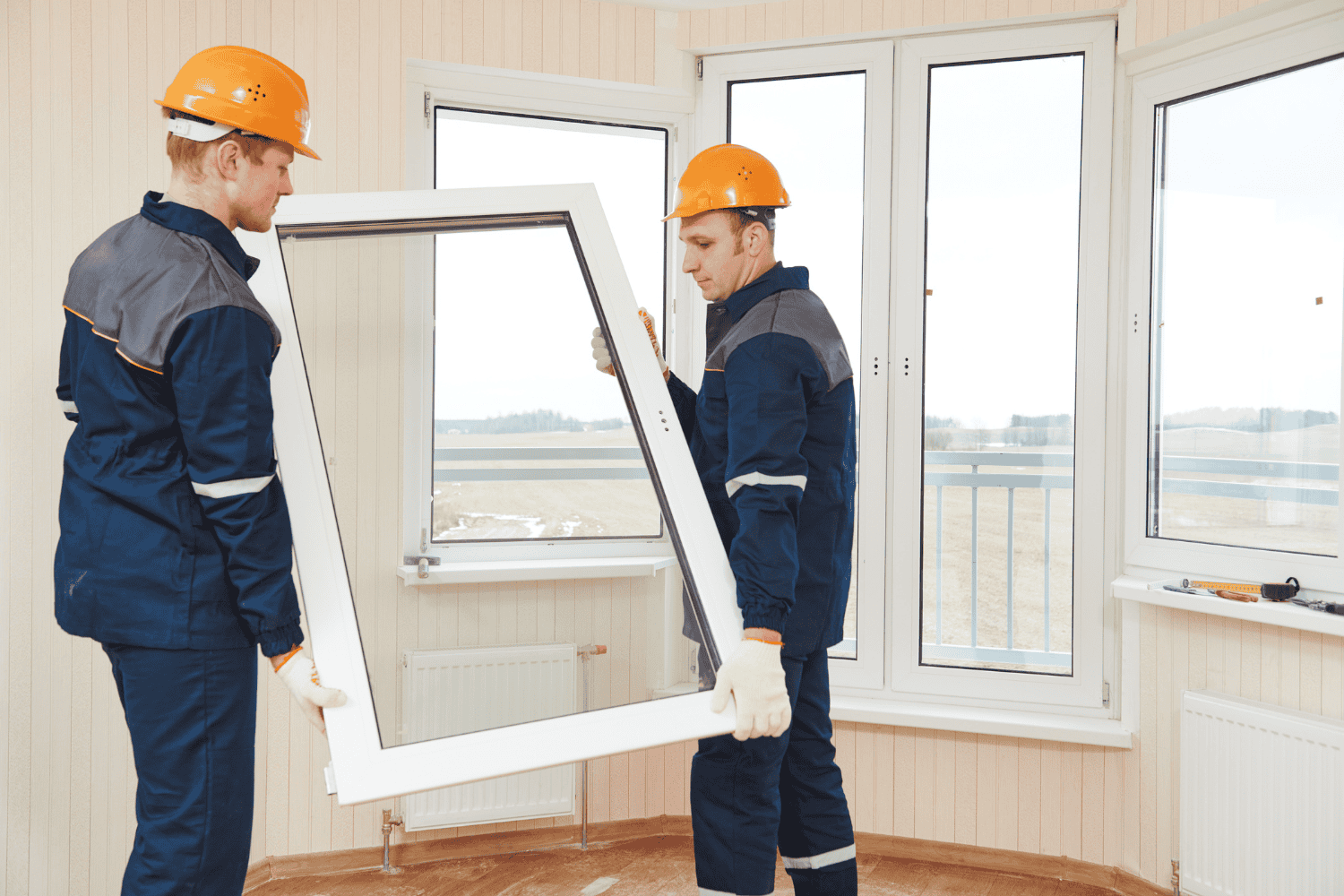
Budgeting is a key part of window replacement. The average replacement windows cost ranges from $1,105 to $1,730 per window, depending on the type and materials used. Installation costs vary, typically ranging from $36 to $153 per window, influenced by the complexity of the installation.
A full-frame window replacement can significantly increase costs compared to a retrofit installation, where only the window itself is replaced. However, homeowners can benefit from federal tax credits for Energy Star-certified windows, covering up to 30% of the installation costs. Additionally, certain states offer tax credits and rebates for energy-efficient home improvements, further reducing the overall expense.
Replacing all windows at once saves on labor and permit costs compared to staging. Buying windows in bulk can also lead to discounts from manufacturers, helping you save money in the long run. Comparing quotes from multiple contractors can ensure you get the best price for your replacing windows installation, making it a cost-effective investment for your home.
Ensuring Safety and Security
Safety and security are paramount when selecting windows. Tempered glass is designed to crumble instead of shattering, reducing the risk of injury. Double-strength glass provides greater resistance to breakage, enhancing the safety of your windows. For homes in hurricane-prone areas, impact-resistant glass can withstand severe storms, adding an extra layer of protection.
For homes with young children, non-opening windows or double-hung windows that open only from the top can prevent accidents. Lower-floor windows should have secure locking mechanisms or security bars to deter break-ins. Selecting the right glass and window designs can significantly enhance your home’s safety and security.
Preparing for Installation Day
Proper preparation ensures a smooth installing windows process. Clear the surrounding outdoor area, trim shrubs, and move lawn furniture if outdoor installation is needed. Remove indoor items like blinds and curtains to avoid delays. Maintain about 5 feet of clear space around the windows to facilitate the installation process.
Cover furniture and remove wall decorations to minimize dust. Create a safe environment for children and pets, as installation generates noise and dust. Plan a post-installation walk-through with your contractor to address concerns and learn about the new windows.
Contact your contractor a few days before installation to ensure coordination and avoid last-minute confusion.
Warranty and Maintenance
Warranties are crucial for protecting your replacement window investment. Window warranties vary by manufacturer and typically cover defects in materials and workmanship. A comprehensive warranty should include coverage for both parts and labor to avoid additional repair costs.
Transferable warranties not only protect current homeowners but also increase the property’s appeal for future buyers. Regular maintenance is essential to keep window warranties valid, including checks for wear and tear. Professional window installation often comes with warranty protection, ensuring quality and satisfaction.
Familiarize yourself with the specific parts covered under the warranty to ensure proper claims. Understanding warranty terms and maintaining your windows ensure long-lasting performance and peace of mind.
Summary
In summary, buying and replacing windows is a multifaceted process that requires careful consideration of various factors. Understanding window types, selecting the right frame material, and choosing energy-efficient options are crucial steps in making an informed decision. Customizing your windows, ensuring proper installation, and budgeting effectively can enhance the value and comfort of your home.
By prioritizing safety and security, preparing adequately for installation day, and understanding warranty and maintenance requirements, you can enjoy the benefits of your new windows for years to come. Invest in the right windows today and transform your living space with confidence.
Frequently Asked Questions
What are the most common types of windows available?
The most common types of windows are double-hung, single-hung, sliding, casement, awning, garden, and hopper windows, each providing distinct advantages and functionalities. Selecting the appropriate window type can significantly enhance your home’s comfort and aesthetics.
What is the difference between single-hung and double-hung windows?
The key difference between single-hung and double-hung windows is that single-hung windows feature a fixed top sash and a movable bottom sash, whereas double-hung windows allow both sashes to move. This design in double-hung windows facilitates improved ventilation and easier cleaning.
How can I ensure my windows are energy efficient?
To ensure your windows are energy efficient, choose windows with a low U-factor and solar heat gain coefficient, and opt for those with Low-E coatings and argon gas fills. Proper sealing and insulation during installation are also crucial for maximizing energy efficiency.
What are the benefits of professional window installation?
Professional window installation offers the expertise to navigate challenges, particularly in older homes, and includes an installation warranty that ensures quality and customer satisfaction. This guarantees a reliable and efficient installation process, giving homeowners peace of mind.
What should I do to prepare for window installation day?
To prepare for window installation day, you should clear the surrounding area, remove blinds and curtains, and maintain a clear space of about 5 feet around the windows. Additionally, cover furniture to minimize dust and ensure the environment is safe for children and pets.

